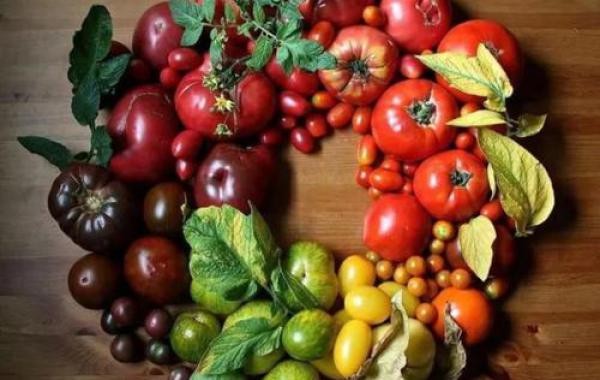

News briefing:
As the temperature gradually drops, many vegetables are transferred to sheds for production. At this time of the year, there are often vegetable farmers who inquire about the fertilization and management of shed vegetables. Here, the editor reminds the vegetable farmers that the management of shed vegetables should be "fourth". Not upside down".
Moisture watering and transplanting and planting sequence
Can't be reversed
Many vegetable farmers are accustomed to sprinkling organic fertilizer in the shed, and then applying chemical fertilizer, then plowing, ridged and planting seedlings after leveling, and watering. Doing so can easily contact the roots of vegetable seedlings with fertilizers, causing root burning, water loss, or ammonia poisoning. If the fertilizer is watered first and then transplanted, after the fertilizer is dissolved and diluted with water, it is not easy to produce air damage, and it is not easy to cause root loss of water due to root burning.
Therefore, it is recommended to water the soil first, then plant the seedlings, and then irrigate the roots with the amino acid humic acid fertilizer solution, pay attention to irrigation once every 7 to 10 days, and irrigate 3 to 4 times in a row. Vegetable farmers can also mix superphosphate, calcium magnesium phosphate and farmyard manure, which is not only safe, but also effective.
Phosphorus and potassium application rate
Can't be reversed
The ratio of phosphorus and potassium in the yield forming elements of melons and vegetables is 1:2~3, and the utilization rate is 20%~30% and 50%~70% respectively. Therefore, in the process of fertilization, we must pay attention to applying more potassium fertilizers and applying them reasonably. Nitrogen fertilizers and phosphate fertilizers are especially important after the fruit is set. The phenomenon of partial application of diammonium phosphate must be avoided, and the application of biological fertilizers must be reasonably coordinated to regulate nutrient supply.
The order of pest control, nutrition regulation, and watering cannot be reversed. If watering is first, and pest prevention and nutrition regulation are second, then on the one hand, the plant will have excessive nutrient growth and insufficient reproductive growth. The lighter ones will have long internodes and thin leaves. The stalks are thin, and the heavy ones will drop flowers and fruits; on the other hand, due to the increase of humidity in the shed after watering, it is easy to accelerate the reproduction of phytophthora, rot mold, downy mildew and other pathogens, which will increase the disease. Therefore, it is necessary to use drugs to prevent pests and diseases, use inhibitors to regulate growth, and then water and fertilize.
Principles of applying organic and chemical fertilizers
Can't be reversed
First of all, organic fertilizer must be the mainstay, supplemented by chemical fertilizer; secondly, organic fertilizer must be decomposed. Applying immature organic fertilizers such as chicken manure, with a lot of salt and pests, such as sodium chloride, phytophthora, nematode eggs, etc., increase the difficulty and cost of pest control.